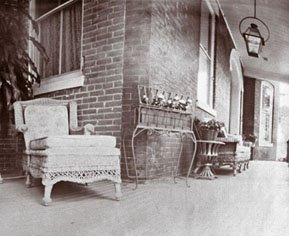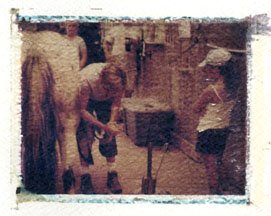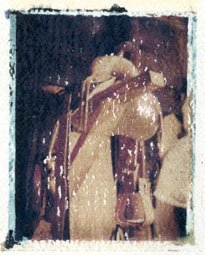Pinhole Photography



These images were created using a pinhole camera. I walked around Portsmouth for three days to get these. I used a gallon paint can that I purchased at a hardware store. I used a #9 embroidery needle to make the hole in a strip I cut out of a soda can. I used regular Photographic paper for the negative. At first I tried to calculate the exposure using a light meter and a fancy formula... that was a bust. You just have to go by general times and watch where the sun is constantly and adjust for it. After scanning in the image, I flipped it in photoshop, cleaned them up and printed them out as duotones onto Arches 140lb hot press watercolor paper. I think the most successful image was one of the first ones I took, the angel against the flat brick wall. She's in a planter and has a little bunny rabbit by her side.. very cute. I like the way the wide angle view of the pinhole makes the brick wall look like it's receding into the background. The sun glare on the left side was a happy accident too.















